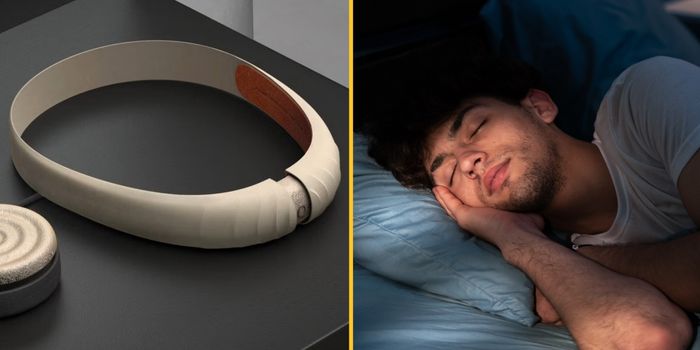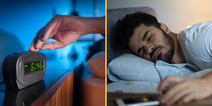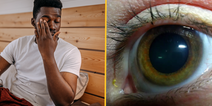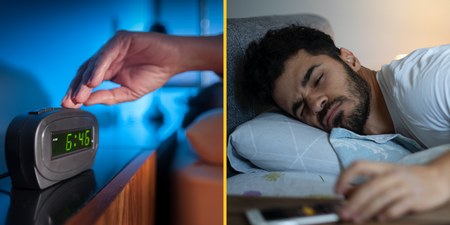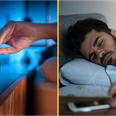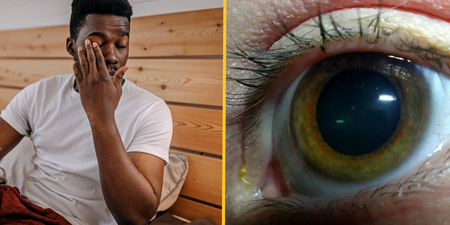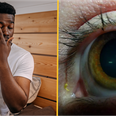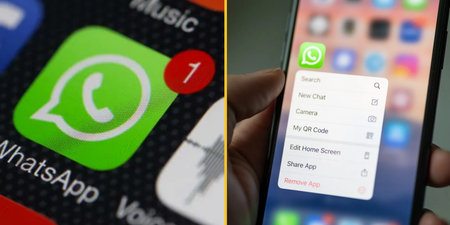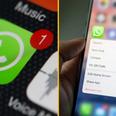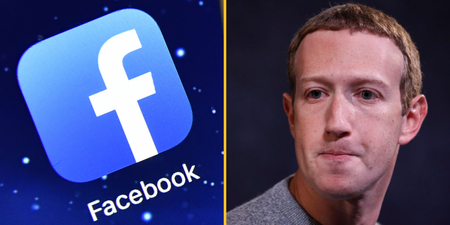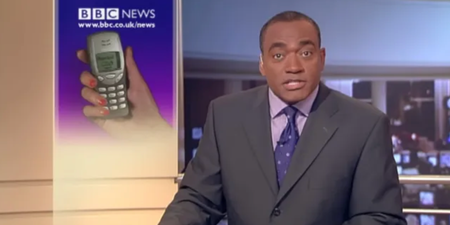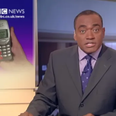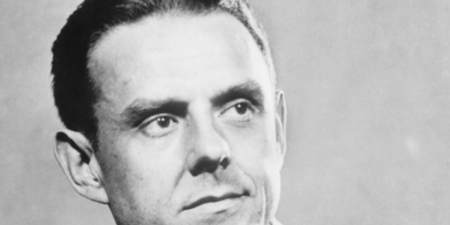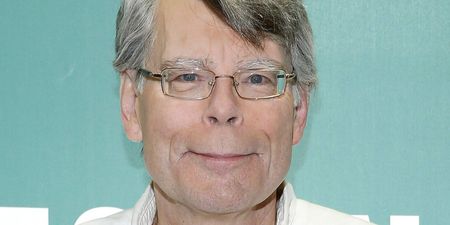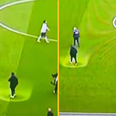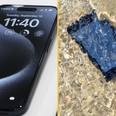‘There’s a reason why history’s luminaries credit their lucid dreams for their most pivotal discoveries’
A tech startup in the US has developed a device which could allow people to work while sleeping by inducing lucid dreaming.
Prophetic’s Halo device is designed to induce a state of sleep where the user is aware that they are asleep and dreaming, therefore giving them control what they do.
The Halo is described by the company as a “non-invasive neurostimulation device” that offers “the ultimate sandbox for divergent problem solving.”
Prophetic claims that the only factor that could affect the wearer’s experience is their imagination.
The device uses focussed ultrasound signals to activate the dreaming state. The company’s founder Eric Wollberg has suggested that, once in a lucid dreaming state, workers would be able to practice demos or perform creative problem solving for difficult tasks.
The startup’s website says: “In lucid dreams, you are freed from conventional laws of physics: gravity, conservation of energy, conservation of mass.
“There’s a reason why history’s luminaries in science, math, and art credit their lucid dreams for their most pivotal discoveries.”
Prophetic has so far raised more than $1 million to develop the product and is said to be working with one of the designers of Elon Musk’s Neuralink device.
Fortune reports that, once it’s launched in 2025, the Halo device will cost between $1,500 (£1,180) and $2,000.
Studies suggest that around 70 per cent of people will experience lucid dreaming at least once in their life, and plenty of research has gone into how the state can be induced.
A team at the University of Adelaide carried out a study in 2017 which saw them tested three techniques to try and increase the chances of lucid dreaming, the Independent reports.
The first involved participants checking around their environment several times a day to see if they were dreaming, the second encouraged people to set an alarm five hours after going to sleep and falling back asleep to encourage the REM stage of sleep, while the third required people to repeat the phrase “the next time I’m dreaming, I will remember that I’m dreaming” to themselves.
This final technique proved remarkably effective, with 46 per cent of participants saying they had lucid dreams when trying it.
Related links:
Erling Haaland tapes his mouth shut when he sleeps at night
